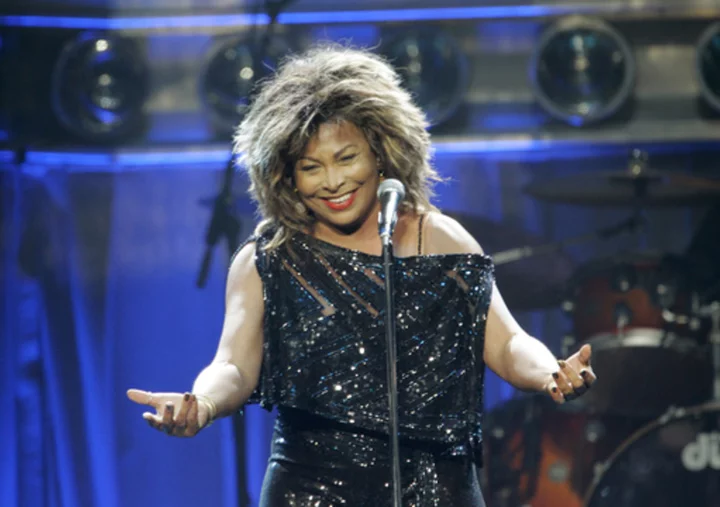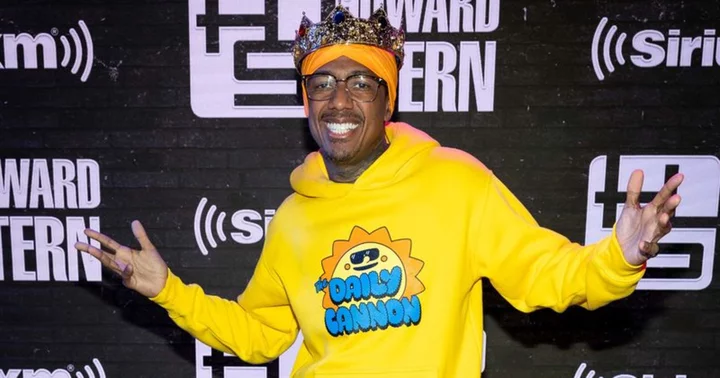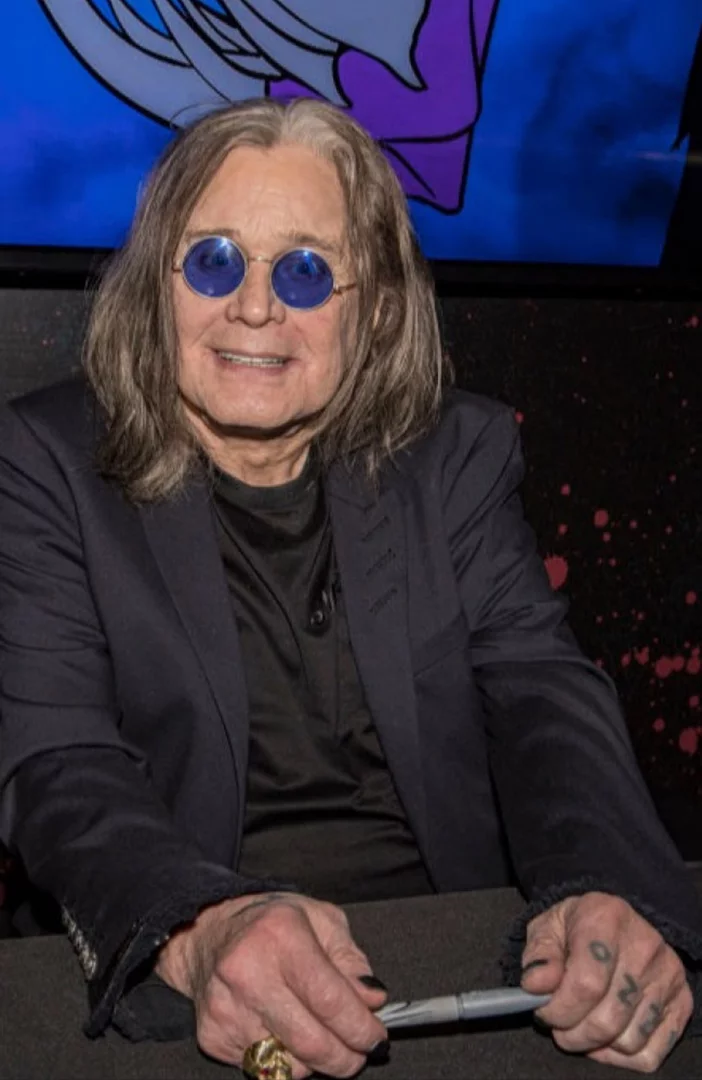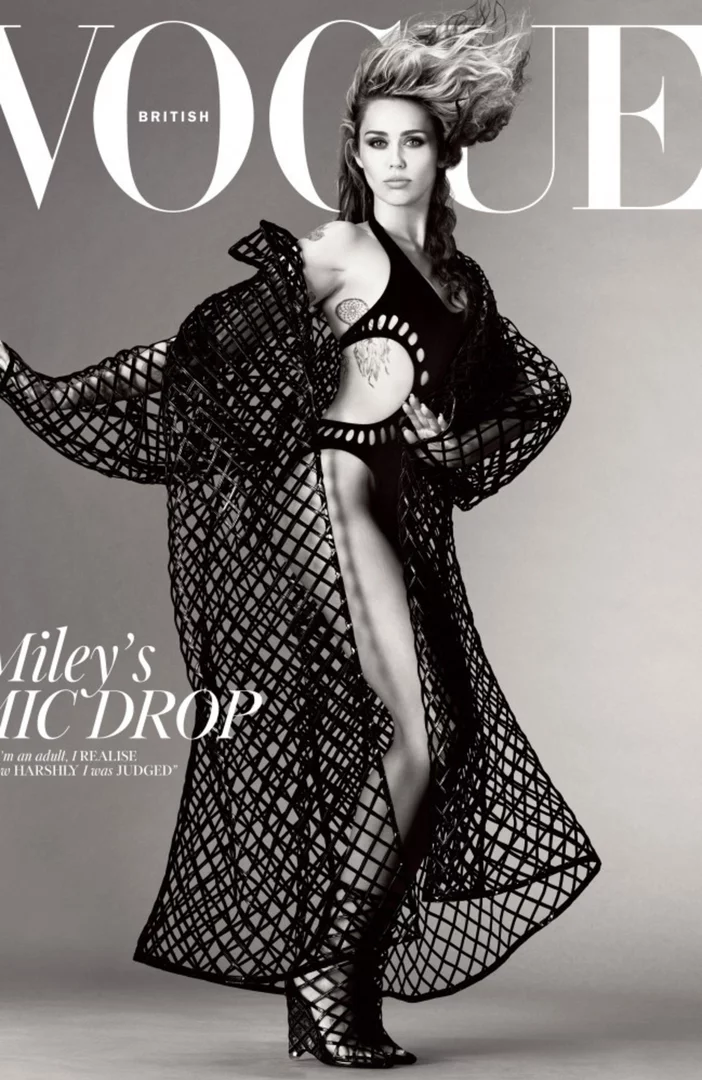DALLAS (AP) — When Tina Turner died at age 83, I found myself drifting back to the fourth grade, to the day I truly discovered her voice.
I was on Thanksgiving break — bored — when I decided to rummage through my parents’ old cassette tapes in search of entertainment.
What I found was astonishing: an album called “Private Dancer.”
“I look up to the stars with my perfect memory. I look through it all and my future’s no shock to me.”
“Who was this magnificent woman?” I thought as the lyrics of the song “I Might Have Been Queen (Soul Survivor),” flowed through the headphones of my Walkman. “What had she been through?”
I quickly consulted an expert on the matter: my mom, who as a teenager in the '60s, had been listening to Tina since she first made hits with her then-husband Ike.
Mom, like Tina, didn't sugarcoat the superstar's history: Off-stage, Ike was beating her. It was something she herself — and most others — didn't know when she and Dad first went to see her live in the '70s.
It was shocking and sickening to hear. But Mom also shared Tina's triumphs, how she continued to mesmerize and dazzle fans despite the hell she endured. She recalled seeing Tina and her backing vocalists and dancers, the Ikettes, go so hard onstage that the ribbon ties of Tina’s sandals, starting out near her calves, ended up around her ankles. The concert was wild. Rapturous.
I wanted to experience this. Five years later, I did.
In 1997, Mom and Dad loaded my siblings and me into our 1987 Chevy Suburban and made the five-hour drive from our home in Doyline, Louisiana, to The Woodlands, Texas, to catch Tina on her “Wildest Dreams” world tour.
I was hypnotized. The burst of sparkling, silver sequins onstage. The voice that could go from the deepest growl to a tender coo. The infectious smile and air kisses to the audience that made it seem like she really was happy we were all there. The kicks. The shimmies. The staccato steps as she worked the entire stage. As my uncle who had waited in line for hours to buy the tickets for our lawn seats would say after the show: “Kids, tonight you’ve been in the presence of greatness.”
That night was also a moment of personal awakening. It wasn't just an incredible performance from a Grammy winner and member of the Rock and Roll Hall of Fame; it was the crowd of thousands of fans of all ages, bigger and more diverse than any a young teen from a small, Southern town had ever seen. The fans were Black, white and even hapa (mixed-race) Hawaiians like us. Some were gay. Some were straight. I bet there were also both Republicans and Democrats, singing and twirling together in harmony to “Proud Mary,”
The experience, I realized years later, was part of my parents' design to broaden my worldview. Tina helped them to do that.
In 2008, I was able to repay my parents for the gift they had given me: I got us tickets to a San Jose, California, stop on Tina's farewell tour. Tina was nearing 70 at that point, but she still had the moves and the energy. Earlier this year, I took Mom and Dad to see “Tina: The Musical” in New Orleans during its post-Broadway run across the U.S.
As a mega-fan enamored by Tina the artist, I have also had to come to grips with the jolting reality of Tina the woman — a real flesh and blood person who had a violent upbringing in a home with fighting parents and later endured the physical abuse of her own husband.
I was awed by the story of this woman who was brave enough to talk, with grace, about domestic violence long before the rest of society did. How she snuck out of a Dallas hotel room one night in the late '70s while Ike Turner was sleeping, hurried across a nearby highway and checked herself into a Ramada Inn with a Mobil credit card. She had 36 cents to her name.
Watching the 2021 documentary that Tina called her goodbye to the public, I also understood how she was retraumatized over the decades by interviewers who asked her to describe, again and again, how she got away from Ike, while overlooking greater career accomplishments that were disconnected from her ex-husband. And that was on top of the racism and sexism she faced in the music industry.
As Angela Bassett, who played the “Queen of Rock ‘n’ Roll” in an Oscar-nominated turn in “What’s Love Got to Do With It” said in the documentary, “It’s hard when the worst parts of your life have been an inspiration.”
Bassett is right, and that’s complicated.
I live in Dallas. So, it felt not only right, but necessary, after I heard about Tina's death, to make my way to the old Ramada Inn where she famously and heroically reclaimed her life.
I strolled into the lobby of what is now the boutique Lorenzo Hotel, said hi to a handful of other fans who were passing through, and approached the giant, arresting photo of Tina that hangs there, exuding all the confidence and attitude she's earned: fishnet stockings, big hair and a look that says, “Don't test me.”
I reflected on the many moments of my life when Tina had inspired me, including this year when I ran a marathon and cranked up “Proud Mary” on my phone as my energy was draining during the last 2 miles.
In my hand was an orange-and-yellow rose — the shade that one of Queen Elizabeth II's rose growers had famously named after Tina — that I had plucked from a bouquet a thoughtful friend bought me when Tina died.
I smiled and tucked the bloom into a cleft in the portrait's ornate frame.
At 40, I had finally answered the burning question my 10-year-old self had asked and that Mom had tried to answer: I knew who that magnificent woman was, and what she had been through. And I knew that the lyrics to “I Might Have Been Queen” not only spoke to her ability to endure, but her belief in reincarnation.
Beautiful, Tina. For me, you will always live on.
__
Follow Adam Kealoha Causey on Twitter: @akcausey.









